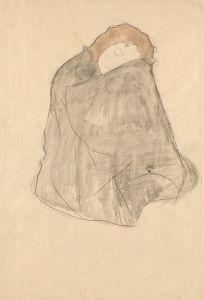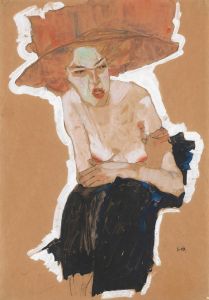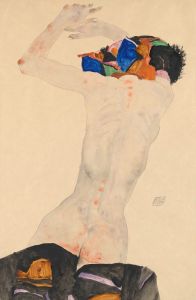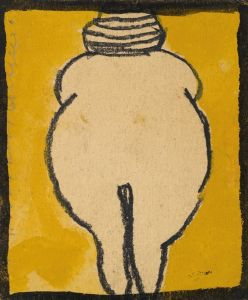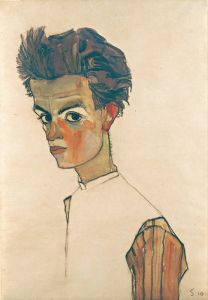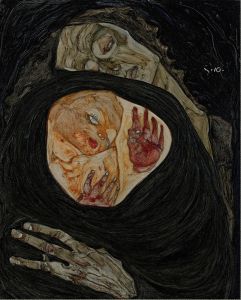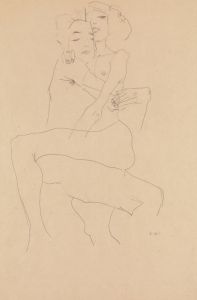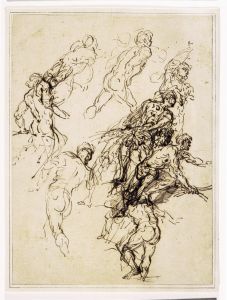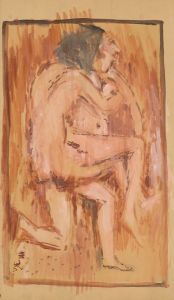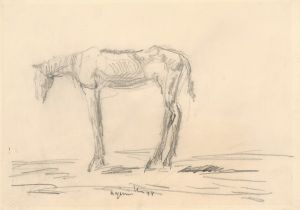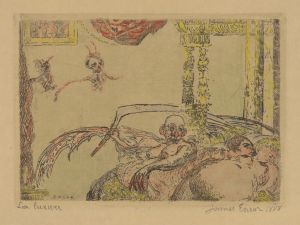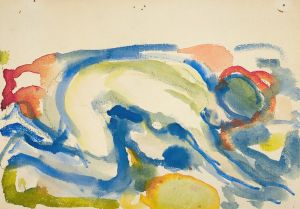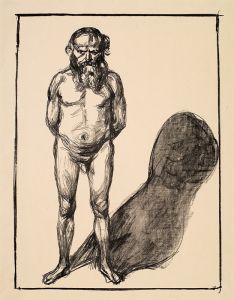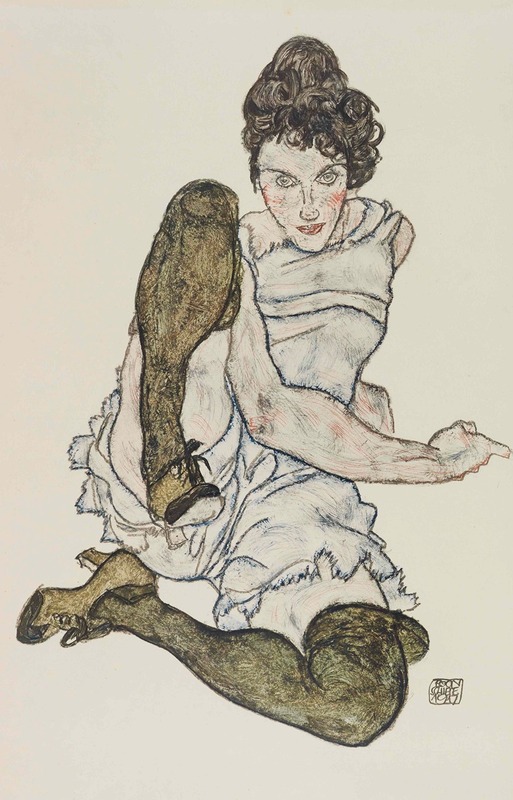
Handzeichnungen
A hand-painted replica of Egon Schiele’s masterpiece Handzeichnungen, meticulously crafted by professional artists to capture the true essence of the original. Each piece is created with museum-quality canvas and rare mineral pigments, carefully painted by experienced artists with delicate brushstrokes and rich, layered colors to perfectly recreate the texture of the original artwork. Unlike machine-printed reproductions, this hand-painted version brings the painting to life, infused with the artist’s emotions and skill in every stroke. Whether for personal collection or home decoration, it instantly elevates the artistic atmosphere of any space.
Egon Schiele was an Austrian painter known for his distinctive style and significant contributions to early 20th-century art. He was a protégé of Gustav Klimt and a major figurative painter of the early 20th century. Schiele is noted for his intense and raw portrayal of the human form, often exploring themes of sexuality, death, and self-identity. His work is characterized by its expressive line work, bold colors, and often provocative subject matter.
"Handzeichnungen" refers to a collection of Schiele's hand drawings. The term "Handzeichnungen" is German for "hand drawings," and it encompasses a range of Schiele's sketches and studies. These drawings are crucial for understanding Schiele's artistic process and his development as an artist. They showcase his skill in capturing the human form with minimal lines and his ability to convey emotion and movement through simple yet powerful compositions.
Schiele's hand drawings often feature portraits, nudes, and self-portraits, reflecting his fascination with the human body and psyche. His approach to drawing was innovative for his time, as he frequently employed a linear style that emphasized contour and form over shading and detail. This technique allowed him to focus on the essence of his subjects, often highlighting their vulnerability and emotional depth.
Throughout his career, Schiele's drawings were both celebrated and controversial. His candid depictions of nudity and sexuality challenged the conservative norms of early 20th-century society, leading to both acclaim and criticism. Despite this, his work was influential in the development of Expressionism and continues to be studied and admired for its emotional intensity and technical mastery.
Schiele's hand drawings are housed in various collections and museums worldwide, including the Albertina in Vienna, which holds a significant number of his works. These drawings provide insight into Schiele's artistic evolution and his contributions to modern art. They are often exhibited alongside his paintings, offering a comprehensive view of his oeuvre.
Egon Schiele's life was tragically cut short when he died at the age of 28 in 1918, during the Spanish flu pandemic. Despite his brief career, he left behind a substantial body of work that continues to influence artists and captivate audiences. His hand drawings remain an essential part of his legacy, illustrating his unique vision and enduring impact on the art world.
In summary, Egon Schiele's "Handzeichnungen" are a testament to his skill as a draftsman and his ability to convey complex emotions through simple yet powerful imagery. These works are an integral part of his artistic legacy and continue to be celebrated for their innovation and emotional depth.





